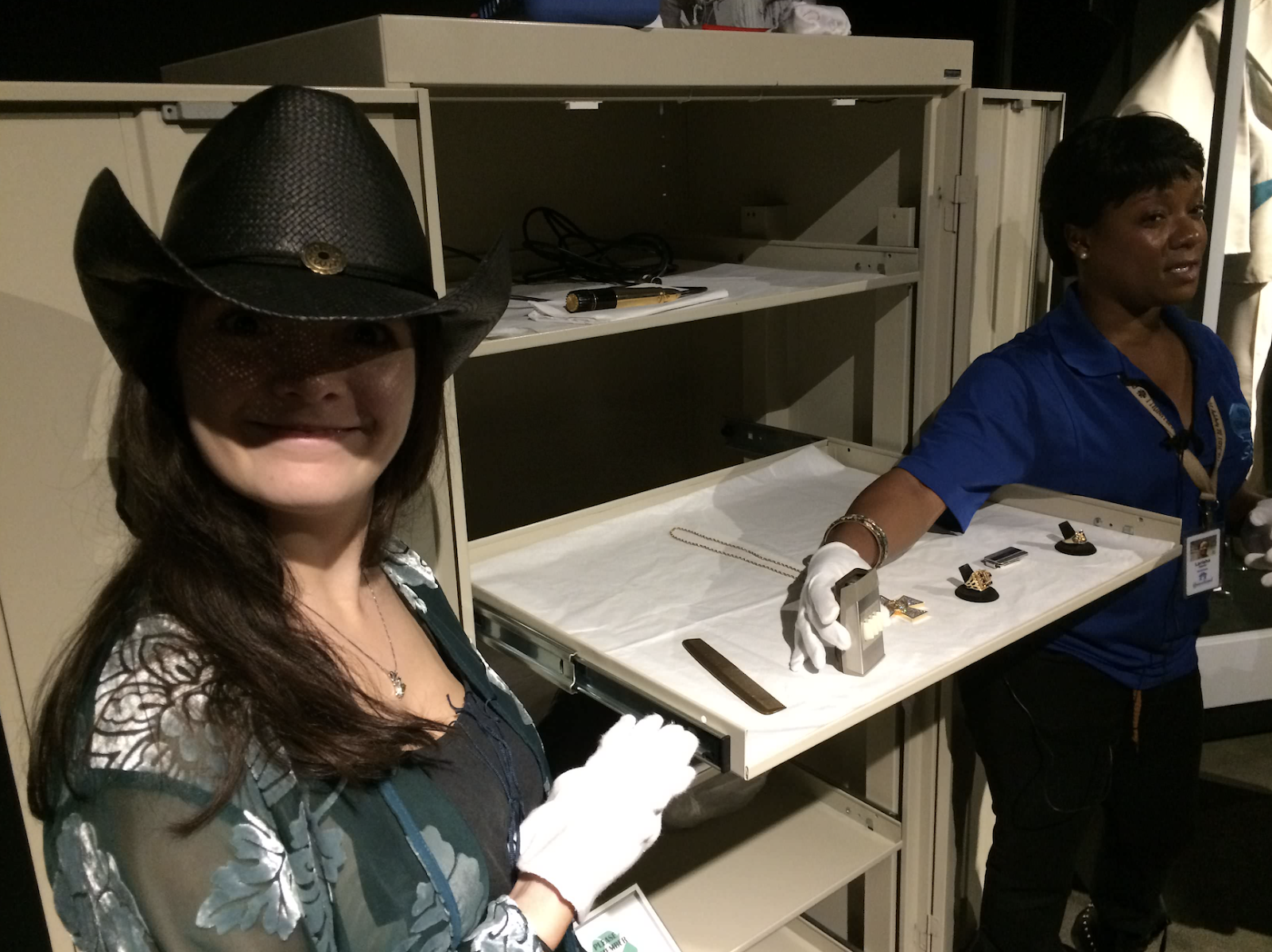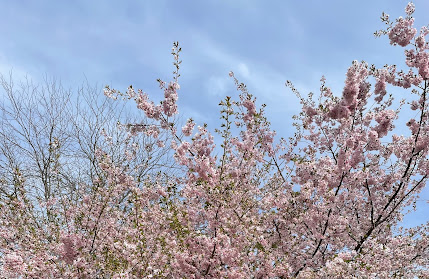Bite Your Tongue
When I was seven years old, I nearly bit off part of my tongue. Since this is not a terribly common experience, allow me to set the scene (don’t worry, I won’t get too descriptive): There is a little girl sitting in the back of her mother’s car. They are driving home from a dentist appointment. It was a cavity filling, her first one, and it’s the first time she has been given Novocain. Being naturally anxious, the little girl has many tics that she does to try to keep herself comfortable. One of these is biting her tongue. Unfortunately, with the Novocain, she can’t feel when she’s biting down too hard. The boy next to her – a kid who her mother often babysits – says “Miss Jen, Jordyn’s mouth is bleeding.” Initially, her mother brushes it off, but the boy informs her “It’s bleeding a lot.” So she has the little girl open her mouth and looks in the rear view mirror to examine the damage. There is a rough slice through part of her tongue. When they get home, she jams a rag in her daught














